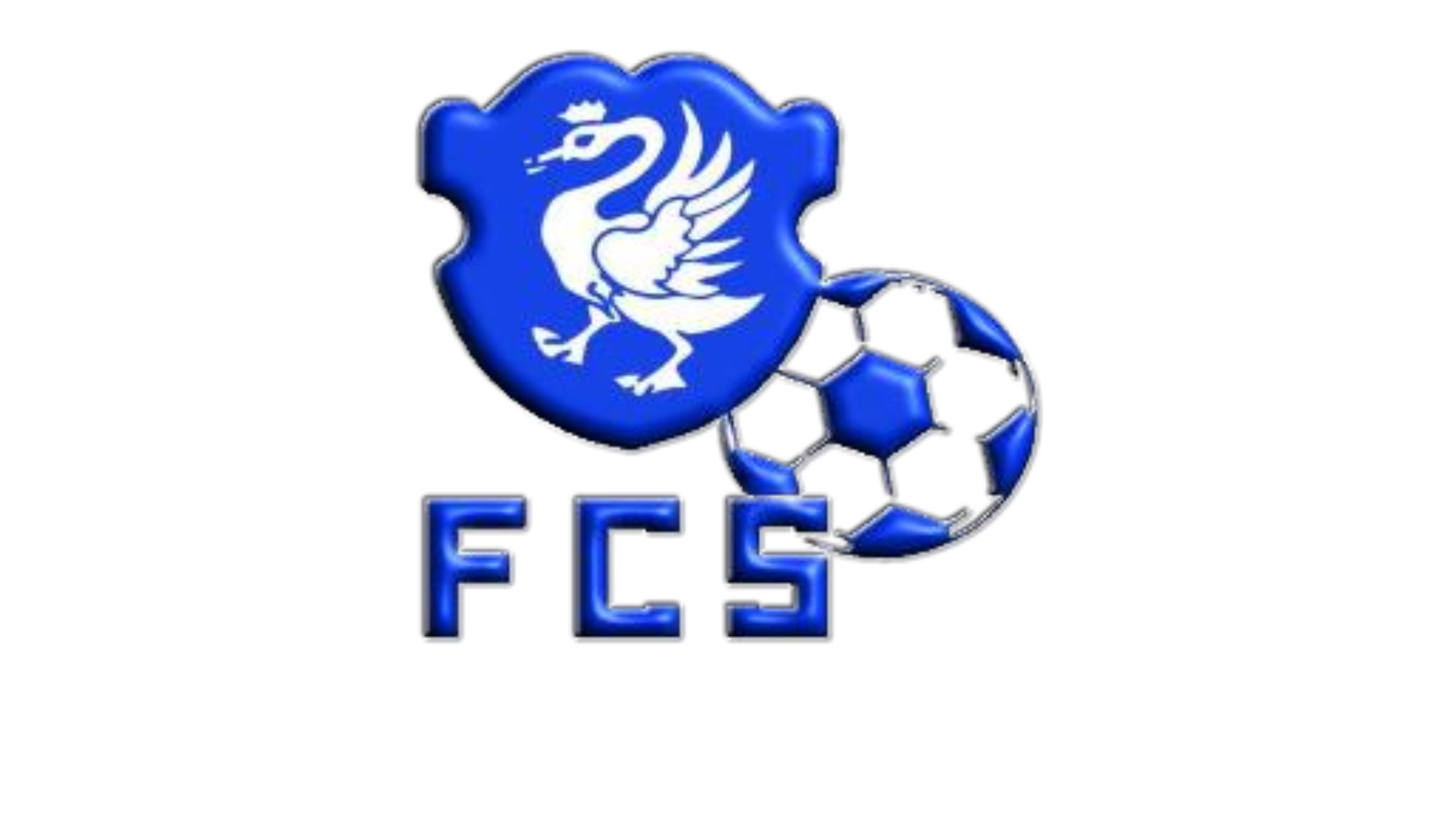In modern gaming, immersive experiences are crafted through a combination of visual, tactile, and auditory stimuli. Among these, audio cues play a pivotal role in shaping how players perceive and engage with virtual environments. These auditory signals, ranging from simple sound effects to complex environmental noises, are not merely decorative—they guide player decisions, evoke emotions, and heighten the sense of presence.
A particularly influential category of audio cues stems from environmental sounds and crowd reactions. The cheers, chants, and roars of a virtual crowd can dramatically alter the perceived stakes of a game moment, reinforcing victory or amplifying defeat. This phenomenon echoes age-old traditions of crowd-driven spectacles, demonstrating how human psychology remains consistent across contexts.
Understanding how crowd cheers influence game perception involves exploring both the psychological mechanisms at play and the technological methods used by developers. This article delves into the intricate relationship between crowd audio cues and player experience, illustrated through historical references and modern gaming examples.
Contents
- The Psychology Behind Crowd Reactions in Games
- Audience-Driven Audio Cues: Mechanics and Design Principles
- Case Study: Historical and Cultural Contexts of Crowd Cheers
- Modern Illustrations of Crowd Influence
- Non-Obvious Aspects of Crowd-Influenced Audio Cues
- Technical Challenges and Innovations
- Impact Beyond Traditional Gaming
- Conclusion
The Psychology Behind Crowd Reactions in Games
Crowd cheers in games evoke powerful emotional responses, similar to real-world events. When players hear a virtual crowd erupt in applause or chants, it triggers feelings of excitement, pride, or tension. This psychological impact is rooted in our innate social nature, where group reactions influence individual perceptions and behaviors.
Research in social psychology indicates that social validation—the feeling that one’s actions are acknowledged and supported by a group—can reinforce a player’s sense of achievement. For example, in competitive multiplayer games, a chorus of cheers following a successful move can boost confidence and motivate further engagement.
“The sound of a crowd not only celebrates success but also amplifies a player’s emotional investment, often creating a feedback loop of heightened engagement.”
Historically and culturally, crowd reactions have been intertwined with notions of victory and social hierarchy. Ancient Roman spectacles, for instance, used crowd cheers to legitimize triumphs and elevate the status of victors, a principle that modern game designers emulate to enhance player motivation and narrative depth.
Audience-Driven Audio Cues: Mechanics and Design Principles
Game developers utilize sophisticated techniques to integrate crowd reactions seamlessly into gameplay. These include scripting crowd sounds to synchronize with specific in-game events, ensuring that the audio feedback aligns perfectly with visual cues and player actions.
Effective design involves creating dynamic soundscapes that respond to player performance or narrative progression. For instance, in sports games, a goal scored might trigger a wave of cheers that vary in intensity based on the context—such as the importance of the match or the crowd’s size.
| Feature | Implementation Example | Impact |
|---|---|---|
| Synchronization | Matching crowd cheers with in-game goals | Enhances realism and immersion |
| Variability | Adjusting crowd volume based on game importance | Prevents monotony and maintains engagement |
| Authenticity | Using real crowd recordings or AI-generated sounds | Builds trust and emotional connection |
Case Study: Historical and Cultural Contexts of Crowd Cheers
Throughout history, crowd reactions have symbolized collective identity and societal values. The Roman eagle (Aquila), for example, was more than a military standard; it embodied the unity and triumph of the Roman legions, inspiring fervor among spectators and soldiers alike. Such symbols reinforced social bonds and validated the authority of leaders, a concept that modern games adopt when designing crowd audio cues to evoke similar emotional responses.
Ancient rewards, such as laurel crowns, served as tangible symbols of victory. In gaming, comparable elements—like medals or trophies—are often accompanied by crowd cheers, which psychologically reinforce the achievement and motivate players to pursue further success. When players earn a reward, the auditory feedback from a virtual crowd heightens their sense of accomplishment.
The decisions made by emperors or generals in historical events often dictated crowd reactions, shaping the outcome of public spectacles. Similarly, game narratives manipulate crowd audio cues to influence player perceptions—making them feel the weight of their choices and the crowd’s approval or disapproval.
Modern Illustrations of Crowd Influence: The Case of Maximus Multiplus
Modern gaming exemplifies these timeless principles through innovations like mult1plu$ max1mu$ rn asap 😭, which uses sophisticated crowd audio cues to significantly enhance immersion. Such systems analyze player actions and adapt crowd reactions in real-time, creating a dynamic and emotionally engaging environment.
In gameplay, the interplay between player decisions and crowd reactions can influence subsequent actions. For example, a victorious moment accompanied by booming cheers can boost confidence, while a tense scenario with silence or disapproving murmurs can increase pressure. This feedback loop mirrors real-world crowd dynamics, where collective emotion influences individual behavior.
Lessons from incorporating historical crowd behaviors into modern tech underscore the importance of authenticity and emotional impact. By studying how ancient crowds responded to leaders and symbols, developers can craft more compelling and psychologically resonant audio cues.
Non-Obvious Aspects of Crowd-Influenced Audio Cues
Beyond obvious emotional responses, crowd sounds subtly influence player decision-making. For instance, a loud cheer might subconsciously encourage risk-taking, while a hesitant murmur could induce caution. These effects are supported by studies in behavioral psychology, which show that ambient social cues can bias perceptions of fairness and success.
Moreover, there is a risk that consistent crowd reactions could create perceptual bias. Players might interpret a situation as more favorable or unfavorable based solely on crowd noise, regardless of actual game mechanics. This raises ethical questions about the manipulation of player perceptions through audio cues.
“Designers must balance emotional impact with ethical responsibility, ensuring crowd audio cues enhance experience without unduly influencing perceptions.”
Technical Challenges and Innovations in Crowd Audio Integration
Synchronizing real-time or simulated crowd reactions with gameplay presents significant technical hurdles. Developers aim to create realistic, emotionally impactful sounds that can adapt dynamically to player actions and game states. Achieving seamless integration requires advanced sound engineering, scripting, and sometimes AI-driven systems.
Emerging technologies focus on AI-driven crowd responses and adaptive soundscapes, which can generate context-sensitive reactions, making each gameplay session unique. For example, AI algorithms analyze player behavior and adjust crowd enthusiasm levels, creating a tailored experience that enhances engagement and realism.
The future of crowd audio lies in immersive environments like virtual reality, where spatial audio techniques can simulate crowds surrounding the player, heightening the sensation of presence. This technological evolution promises to redefine how emotional cues are conveyed in gaming.
Impact of Audience Reactions Beyond Traditional Gaming
The influence of crowd reactions extends into esports and live streaming, where real-time audience sounds can sway viewer perceptions and even player performance. Streamers and commentators often leverage crowd noise to amplify excitement, affecting viewer engagement and emotional investment.
In virtual reality environments, immersive crowd audio experiences can simulate packed stadiums or concert halls, creating a sense of shared presence. These innovations open new avenues for social interaction within digital spaces, blurring the line between game and real-world experience.
Designers now consider these broader impacts when crafting audio environments, aiming to enhance not just individual immersion but also collective participation and engagement strategies.
Conclusion: The Evolving Role of Crowd Cheers in Gaming Experiences
Crowd cheers and reactions are more than mere sound effects—they are integral to shaping player psychology and game dynamics. By leveraging principles rooted in history and culture, such as the symbolism of the Roman eagle or the motivational power of laurel crowns, modern games create compelling emotional landscapes.
As technological innovations continue—such as AI-driven adaptive audio and spatial soundscapes—the potential for crowd cues to deepen immersion and influence perception grows exponentially. However, with these advancements come ethical considerations: designers must ensure that audio cues serve to enhance experience without manipulating perceptions unfairly.
In understanding the profound impact of crowd audio cues, developers can craft more engaging, authentic, and ethically responsible gaming environments. This ongoing evolution promises richer experiences that resonate with our innate social tendencies, connecting past traditions with future innovations.


